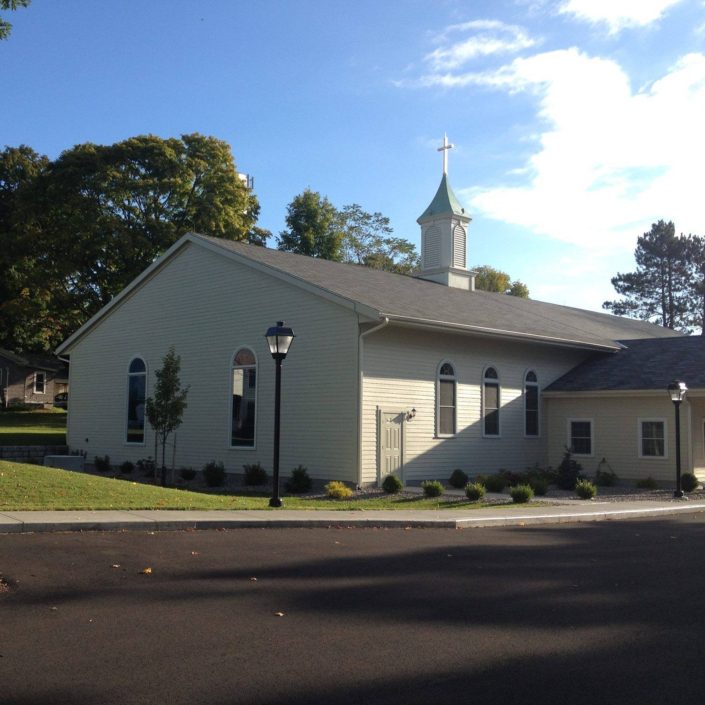
Land Where The Partridge Drums
A History of the Akwesasne Mohawk Nation
The Lost Dauphin
Written and illustrated by Darren Bonaparte

Catharine Watch, Tht Little Dauphin* • Metropolitan Toronto Library Board
In 1853 an article in Putnam’s Magazine appeared under the title of “Have We A Bourbon Among Us?” in which author John H. Hanson described his chance meeting with Williams on a trip to New England Hanson had read an earlier magazine article that proclaimed Williams as the “Lost Dauphin,” or Louis XVII, son and heir to the French throne. Hanson accepted Williams claim as fact and went on to document the “proof” offered by Williams. According to the romantic account, the Dauphin had not died in the Temple following the French Revolution, but was spirited away by royalist agents and taken to America, where he was turned over to Thomas Williams of Kahnawake to raise as his own.
Hanson wrote a book to further document the claim, The Lost Prince, in which he offered a number of documents, some of them alleged forgeries written by Eleazer Williams himself, as evidence. Williams went so far as to coerce or deceive his mother (who only spoke Mohawk) to sign an affidavit claiming that he was not her real son.
Hanson went after Williams’ critics with vehemence and vigorously attacked the character of Father Francis Marcoux, the Roman Catholic priest who sought to set the record straight with regard to the testimony of Williams’ elderly mother.
Probably the most damaging evidence against Williams’ claim was the testimony of an associate in Wisconsin who claimed that it was he who put the notion into Eleazer’s head by writing a short story about the Lost Dauphin in which Eleazer was cast as the secret prince. He loaned the story to Williams, purely for entertainment purposes, and was shocked to find that the missionary had taken the fanciful tale to heart when he read the article in Putnam’s Magazine.
The Lost Dauphin affair, while attracting publicity to Williams in the final years of his life, did little to improve his lot. He spent his last years collecting his personal papers and writing a biography of his father, who died in 1848. Williams himself died in poverty in 1858. It has been argued by one historian that the failed “Lost Dauphin” campaign, while perfectly in character for the charlatan Williams, has only served to overshadow the real achievements in his life, such as his establishment of two churches among the Oneida. Yet it is his claim to the throne of France that history, even to the point of being immortalized by Mark Twain in Huckleberry Finn as “Looey the Seventeen..the wanderin’, exiled, trampled-on, and sufferin’ rightful King of France.” A novel, two plays, and a Metro-Goldwyn-Mayer short film, King Without A Crown (1937), have been based on his claim. (Buerger 1989:112-136)
In 1947 his remains were exhumed from his grave in Hogansburg reburied at Green Bay. St. James Episcopal Church, which was built in the 1830’s at the expense of local politician and landowner William Hogan, was eventually used to store hay before it finally burned down. Today only the stone foundation is visible. (Another was built in 1874, but it was destroyed by fire in 1961.) Williams’ elegant A-frame cottage, built west of the church by his Episcopal supporters, still stands today. It was rebuilt by a private citizen in the late 1980’s and continues to attract the attention of curious visitors who have heard the tale of the “Lost Dauphin.” Eleazer Williams, the mixed-blood preacher with delusions grandeur and near contempt for the Mohawk part of his heritage, has been a permanent fixture of northern New York folklore for generations.
Some would even argue that if it weren’t for Eleazer Williams, the folklore of northern New York wouldn’t even exist.
Next week: The Darkest Day in Mohawk History
By Darren Bonaparte, historian and author of The Wampum Chronicles. Reprinted with permission.
Darren Bonaparte is a cultural historian from the Akwesasne First Nation. He is a frequent lecturer at schools, universities, museums, and historical sites in the United States and Canada. He has written four books, several articles, and the libretto for the McGill Chamber Orchestra’s Aboriginal Visions and Voices. Darren is a former chief of the Mohawk Council of Akwesasne. He is the creator of The Wampum Chronicles and historical advisor to film and television. He currently serves as the Director of the Tribal Historic Preservation Office of the Saint Regis Mohawk Tribe.















 The Mayfield Historical Society's Fall Harvest Cruise-In
The Mayfield Historical Society's Fall Harvest Cruise-In